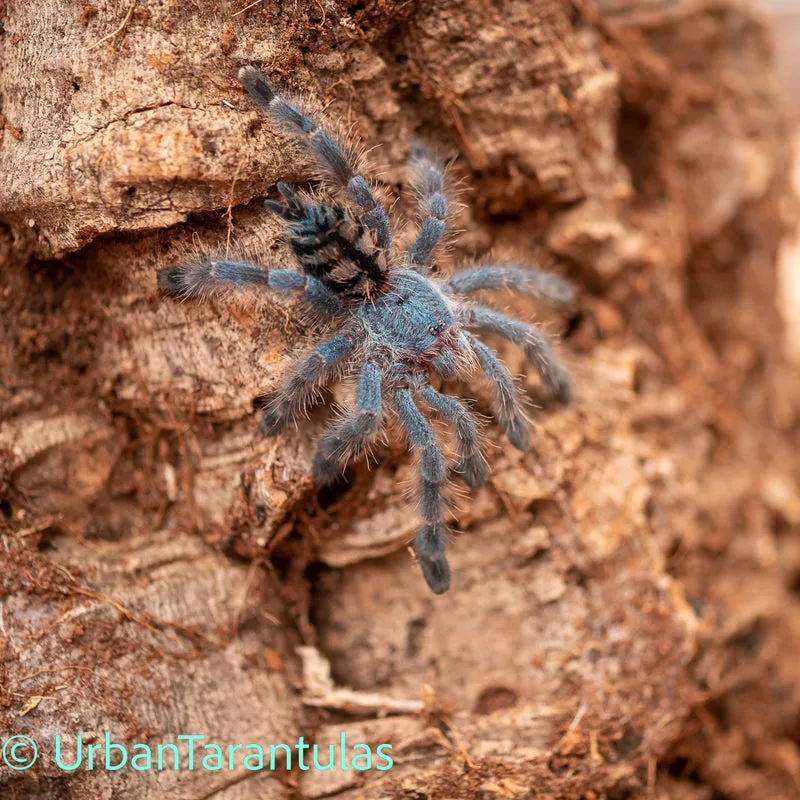The Versicolor Tarantula’s Allure
The versicolor tarantula, scientifically known as Caribena versicolor, is a captivating arboreal species, highly sought after by tarantula enthusiasts. Its vibrant coloration and relatively docile temperament make it a popular choice for both novice and experienced keepers. This comprehensive guide will delve into seven amazing facts about this beautiful creature, providing valuable insights for anyone considering a versicolor tarantula for sale or simply fascinated by these remarkable arachnids. From its striking appearance to its unique behaviors and care requirements, we’ll explore what makes the versicolor tarantula so special and why it continues to be a favorite in the tarantula-keeping community. Understanding these facts will help you appreciate the beauty and complexities of this fascinating species.
Appearance and Identification
The versicolor tarantula is renowned for its stunning appearance, especially as a juvenile. Its coloration is a key characteristic for identification. These tarantulas are not just visually appealing; their appearance provides valuable clues about their health and well-being. Proper identification is crucial for ensuring you’re acquiring the correct species and providing appropriate care. The vibrant display is a treat for any tarantula owner.
Distinguishing Features
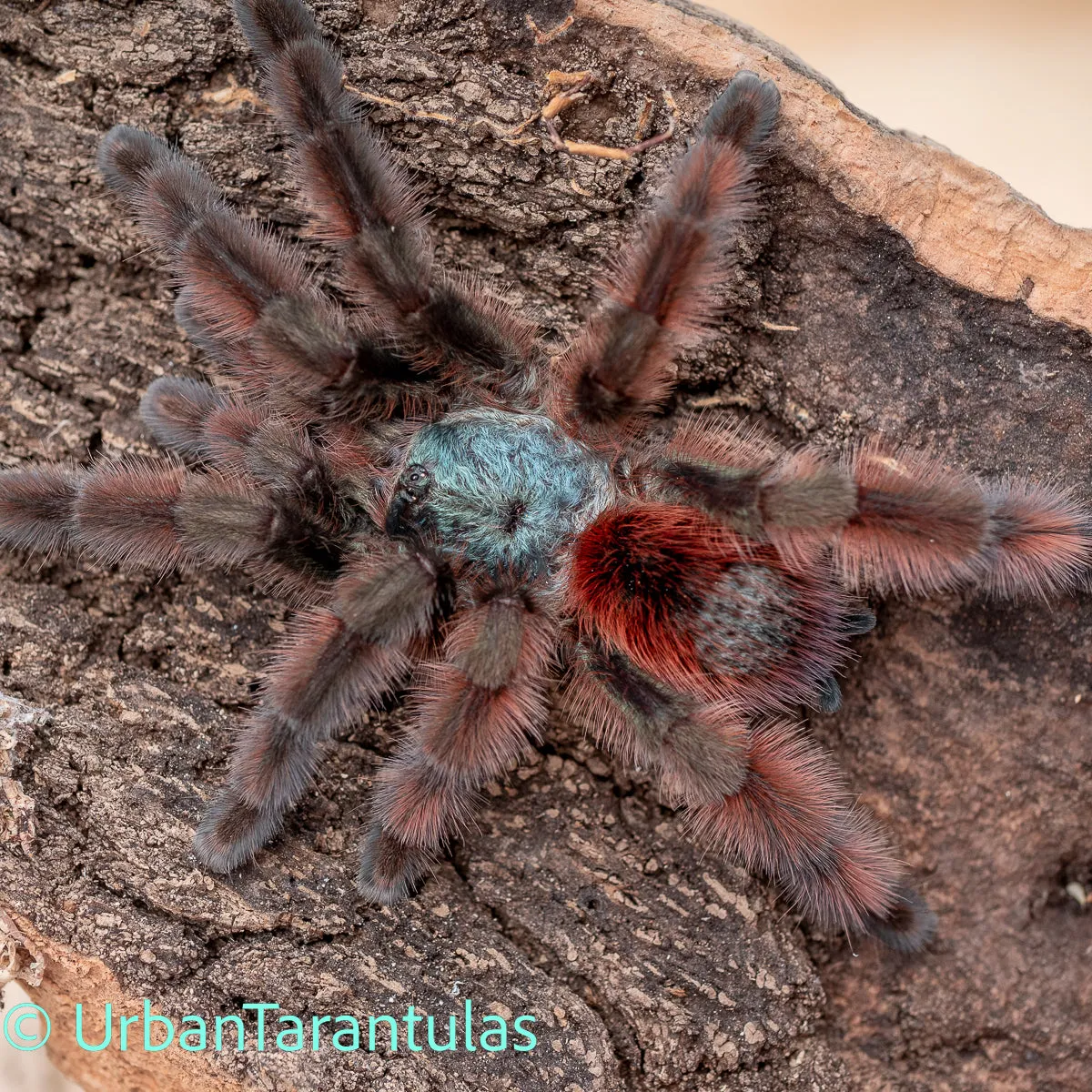
Juvenile versicolor tarantulas exhibit a brilliant metallic blue or purple iridescence on their carapace, legs, and abdomen. As they mature, this coloration gradually shifts. The vibrant colors make them one of the most visually stunning tarantulas available. The distinctive coloration is one of the primary reasons they are so coveted. This makes them easily distinguishable from other tarantula species.
Coloration Changes
As the versicolor tarantula matures, the vibrant blue hues fade, and they transition to a more muted color palette. Adults typically display a mix of green, red, and purple hues on their carapace and legs. The abdomen often remains a dark color. These changes happen with each molt. Understanding the color changes helps in gauging their age and health.
Natural Habitat and Distribution
Understanding the natural habitat of the versicolor tarantula is crucial for replicating its ideal living conditions in captivity. Knowing their origin helps us appreciate their specific needs and behaviors. Providing an environment similar to their natural habitat promotes their overall well-being. This ensures your tarantula thrives.
Where They Originate
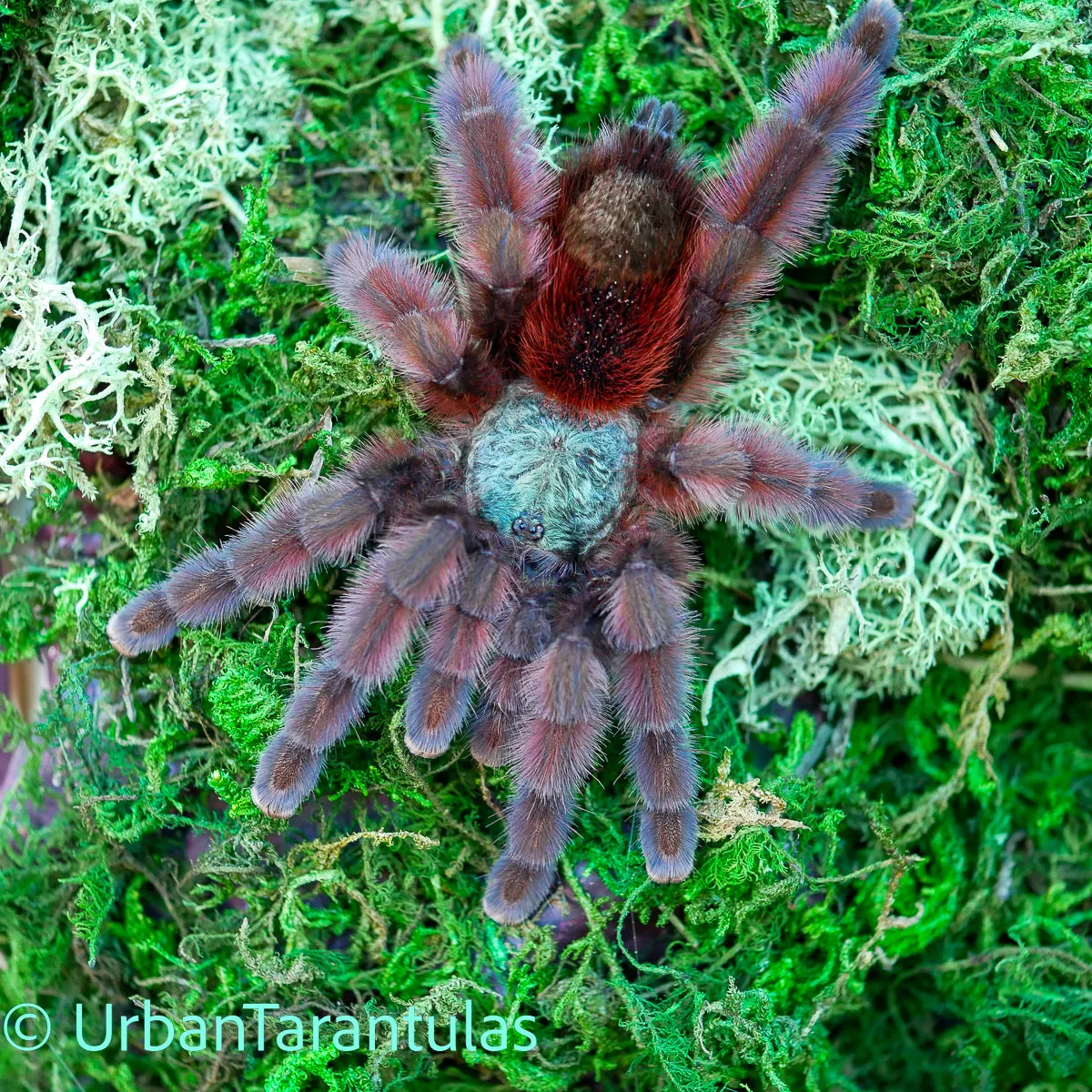
The versicolor tarantula is native to the Caribbean islands, specifically Martinique. They thrive in a tropical environment. Their natural habitat provides insight into their preferred climate and living space. The warm, humid climate of Martinique is key to their survival.
Preferred Environments
In their natural habitat, these tarantulas inhabit trees and other elevated areas, making them arboreal. They build silk retreats among branches and foliage. They thrive in areas with high humidity and consistent temperatures. Their arboreal nature influences enclosure requirements. Replicating their natural environment enhances their comfort.
Unique Behaviors
Versicolor tarantulas exhibit unique behaviors that distinguish them from other tarantula species. Their arboreal lifestyle, defensive mechanisms, and feeding habits showcase their adaptability. Observing these behaviors provides valuable insights into their care needs. Understanding their behavioral traits is key for responsible tarantula keeping. The behaviors enhance the owner’s enjoyment.
Arboreal Lifestyle
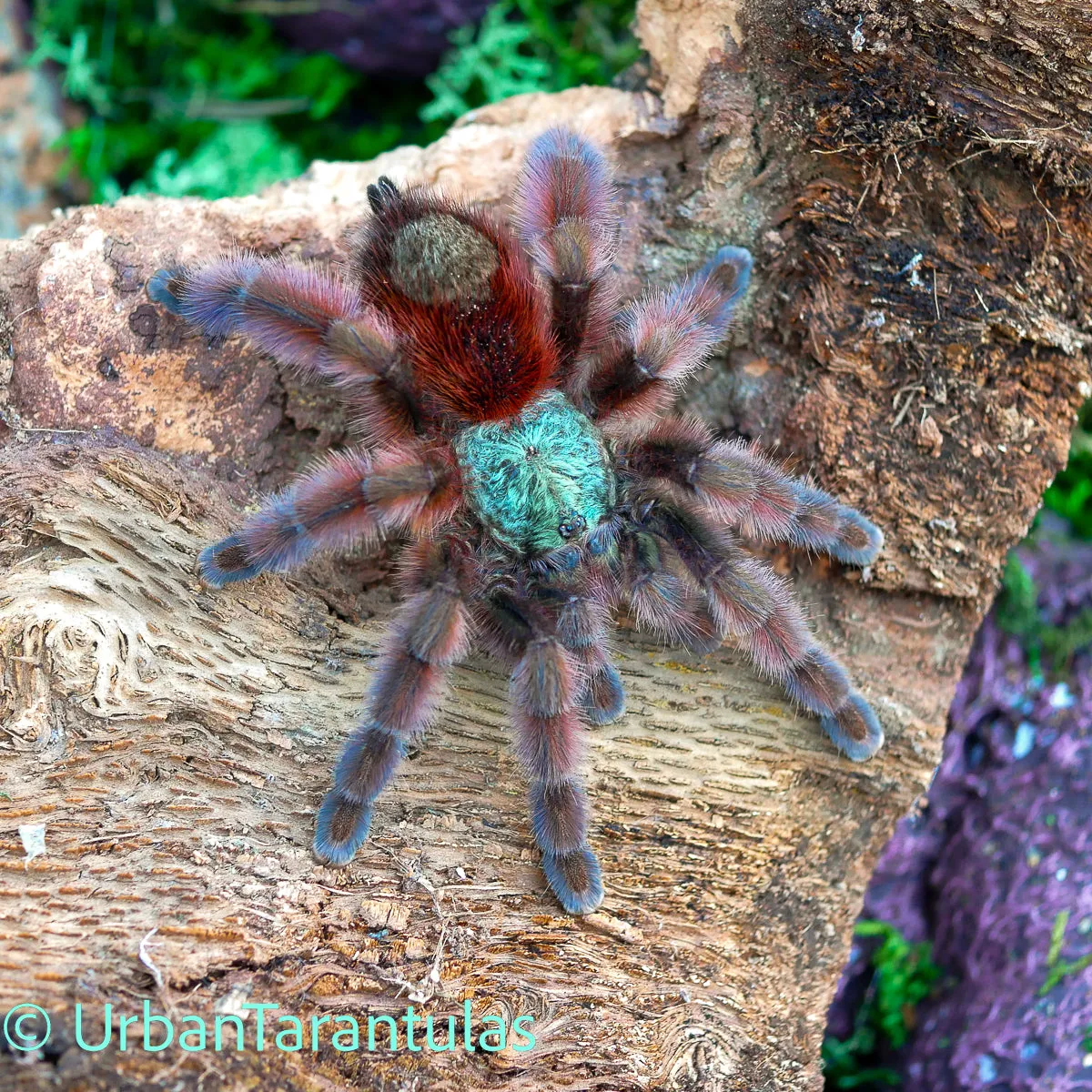
As arboreal tarantulas, versicolors spend most of their time in elevated locations. They build intricate silk webs in trees. In captivity, they need tall enclosures with ample vertical space and climbing opportunities. This behavior directly affects enclosure design and enrichment. This lifestyle showcases their unique adaptations.
Defensive Mechanisms
Versicolor tarantulas possess defensive mechanisms, including urticating hairs, which they flick off their abdomen as a defense. They are generally not as aggressive as some other species, but they can bite if provoked. Their defense mechanisms are important to understand for safe handling. Their defensive behaviors vary depending on their environment.
Care and Maintenance
Providing proper care and maintenance is crucial for the health and longevity of your versicolor tarantula. Creating the right enclosure, maintaining appropriate humidity and temperature levels, and offering a suitable diet are essential aspects of tarantula keeping. The goal is to make the environment resemble its natural habitat. The care will ensure it thrives.
Enclosure Requirements
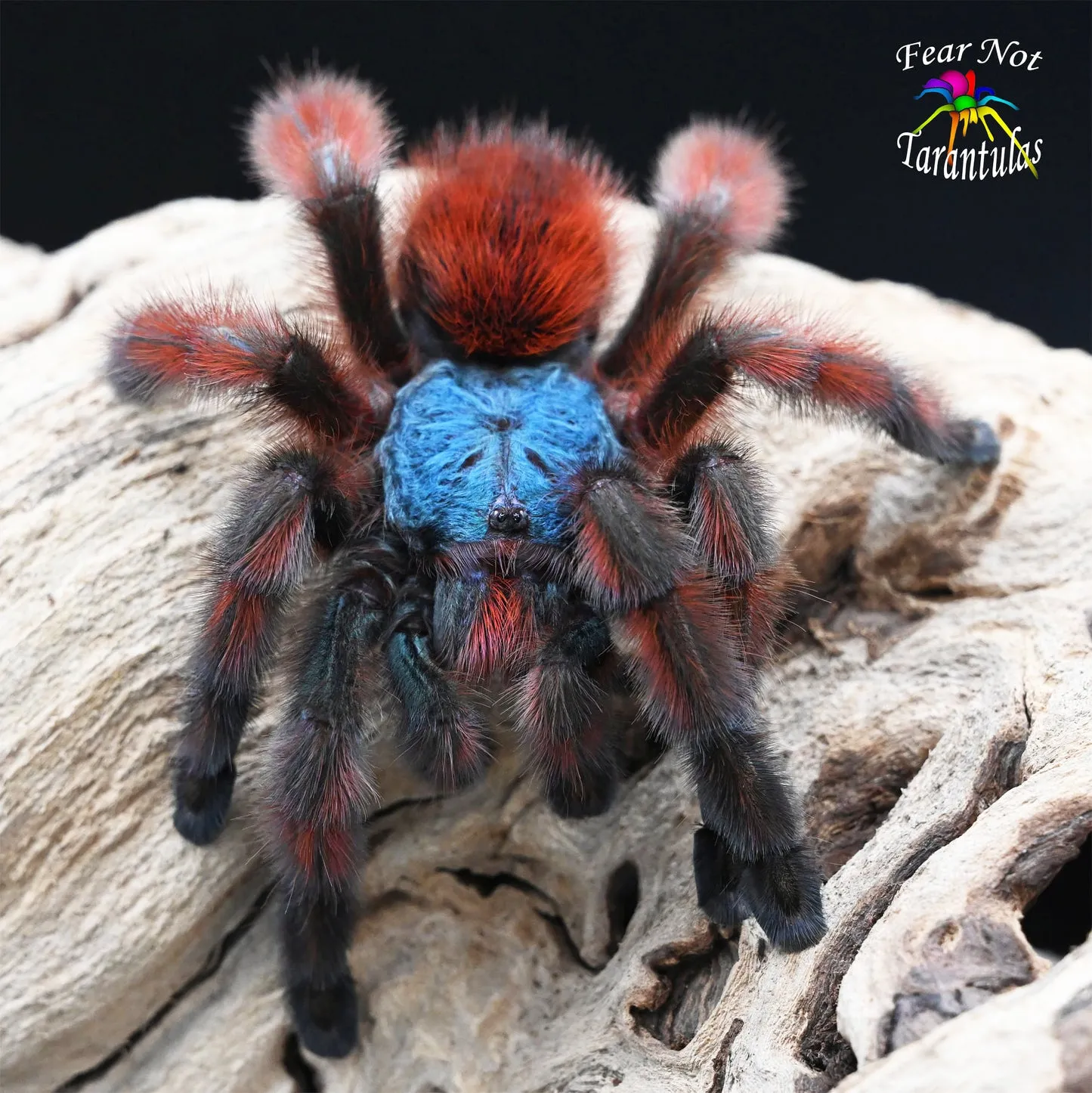
Versicolor tarantulas require a tall, well-ventilated enclosure. A good enclosure should be at least three times the tarantula’s leg span in height. Provide plenty of climbing opportunities, such as branches, cork bark, or artificial plants. Secure the enclosure to prevent escapes. Proper ventilation is a must. This creates a comfortable living space.
Substrate and Decor
The substrate should retain moisture and allow the tarantula to burrow if it chooses. A mixture of peat moss, vermiculite, and coco fiber works well. Decorate the enclosure with artificial plants and cork bark to mimic its natural habitat. Providing a diverse environment is important. The substrate will help regulate humidity.
Humidity and Temperature
Maintain a humidity level of 65-75% by misting the enclosure regularly. Keep the temperature between 75-85°F (24-29°C). Use a hygrometer and thermometer to monitor these conditions. Proper humidity and temperature are vital for molting and overall health. Maintaining the correct climate is essential.
Feeding Habits
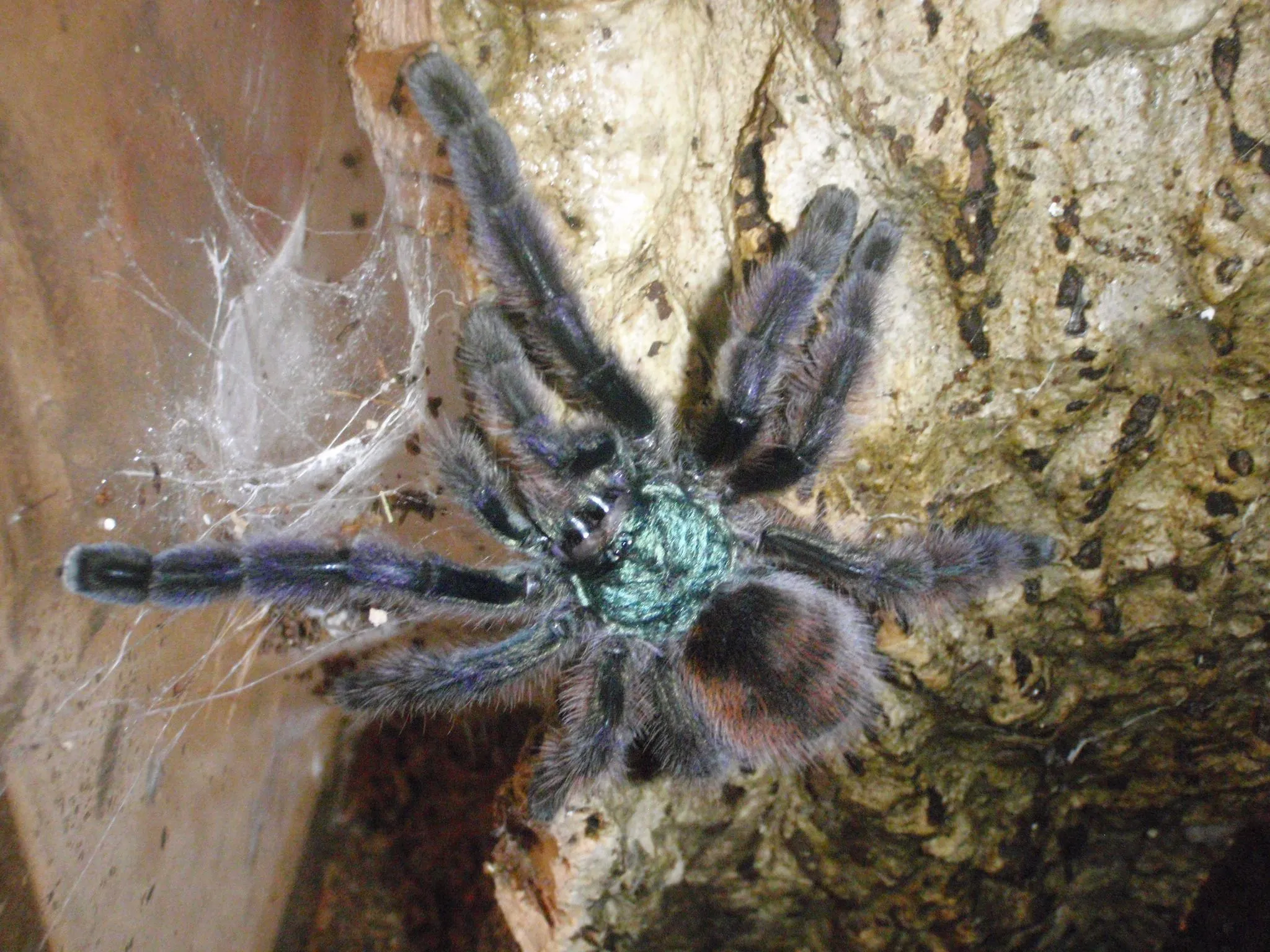
Versicolor tarantulas are opportunistic predators. Feeding them appropriately ensures they receive the necessary nutrients. Offering a varied diet will keep them healthy. Monitoring feeding behavior is important.
Prey Selection
Offer a variety of insects, such as crickets, roaches, and mealworms. The size of the prey should be appropriate for the tarantula’s size. Avoid feeding prey that are too large. Gut-load the insects before feeding them to your tarantula. A diverse diet is important for their overall health.
Feeding Frequency
Juveniles should be fed two to three times a week. Adults can be fed once or twice a week. Adjust the feeding frequency based on the tarantula’s abdomen size. Remove uneaten prey within 24 hours to prevent stress. Overfeeding is not good. Monitor their appetite.
Health and Lifespan
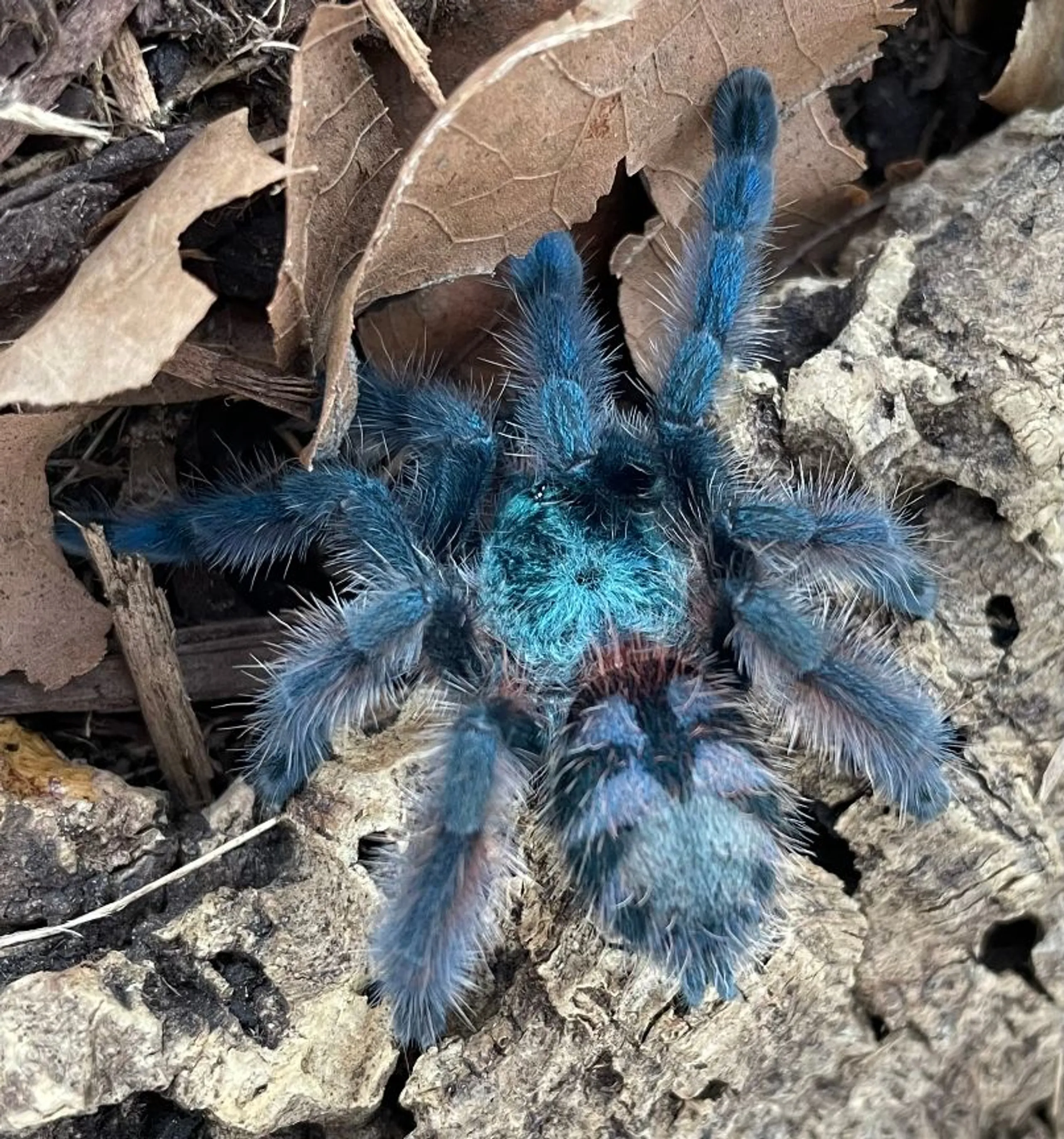
Understanding the health and lifespan of your versicolor tarantula is vital for providing appropriate care. Knowing the common health issues, preventative measures, and lifespan expectations helps you ensure a long and healthy life for your pet. Careful monitoring is key for their well-being.
Common Health Issues
Watch for signs of mites, parasites, and infections. Improper humidity levels can lead to molting problems. Provide clean water. Monitor their overall condition. Regularly inspect the enclosure. Common health problems are usually preventable.
Preventative Measures
Maintain proper hygiene by removing uneaten food and cleaning the enclosure regularly. Provide a clean water source. Ensure proper humidity and temperature levels. Quarantine new tarantulas to prevent the spread of disease. Good sanitation practices will reduce the risk.
Lifespan Expectations
Female versicolor tarantulas can live for 10-12 years or longer. Males typically have a shorter lifespan, around 3-5 years. Proper care and maintenance will contribute to a long and healthy life. The lifespan varies depending on care. Their lifespan is a factor in the purchase.
Buying a Versicolor Tarantula
If you’re considering a versicolor tarantula for sale, it’s important to find a reputable seller. Thoroughly check the tarantula’s health before making a purchase. Ensure you understand the shipping considerations. Buying a tarantula is a big commitment. Selecting a healthy specimen is key.
Finding a Reputable Seller
Choose a seller with a good reputation and positive reviews. Check for health guarantees. Ask for information about the tarantula’s origin and care history. A good seller will provide accurate information. Check out online reviews. Reputable sellers provide healthy tarantulas.
Health Checks
Examine the tarantula for any signs of illness or injury, such as missing limbs or parasites. Observe its behavior to ensure it is active and alert. Check the abdomen for proper fullness. Ask the seller questions. Verify its health before the purchase.
Shipping Considerations
If you’re buying online, ensure the seller uses proper shipping methods. The tarantula should be shipped in an insulated container with appropriate ventilation. Inquire about the seller’s shipping policies and guarantees. Understand the shipping risks. Shipping during extreme weather is risky.
Conclusion
The versicolor tarantula is a stunning and rewarding species for tarantula keepers. From its vibrant coloration and unique behaviors to its relatively manageable care requirements, it’s easy to see why it’s a favorite among enthusiasts. By understanding the seven amazing facts covered in this guide – its allure, appearance, natural habitat, unique behaviors, care needs, health considerations, and where to buy – you can ensure you provide the best possible environment for your versicolor tarantula, allowing it to thrive and bring you years of enjoyment. Whether you’re considering a versicolor tarantula for sale or simply appreciate these beautiful creatures, the knowledge shared here will help you better understand and appreciate this remarkable species. Proper care is key to a long and happy life for your tarantula.
